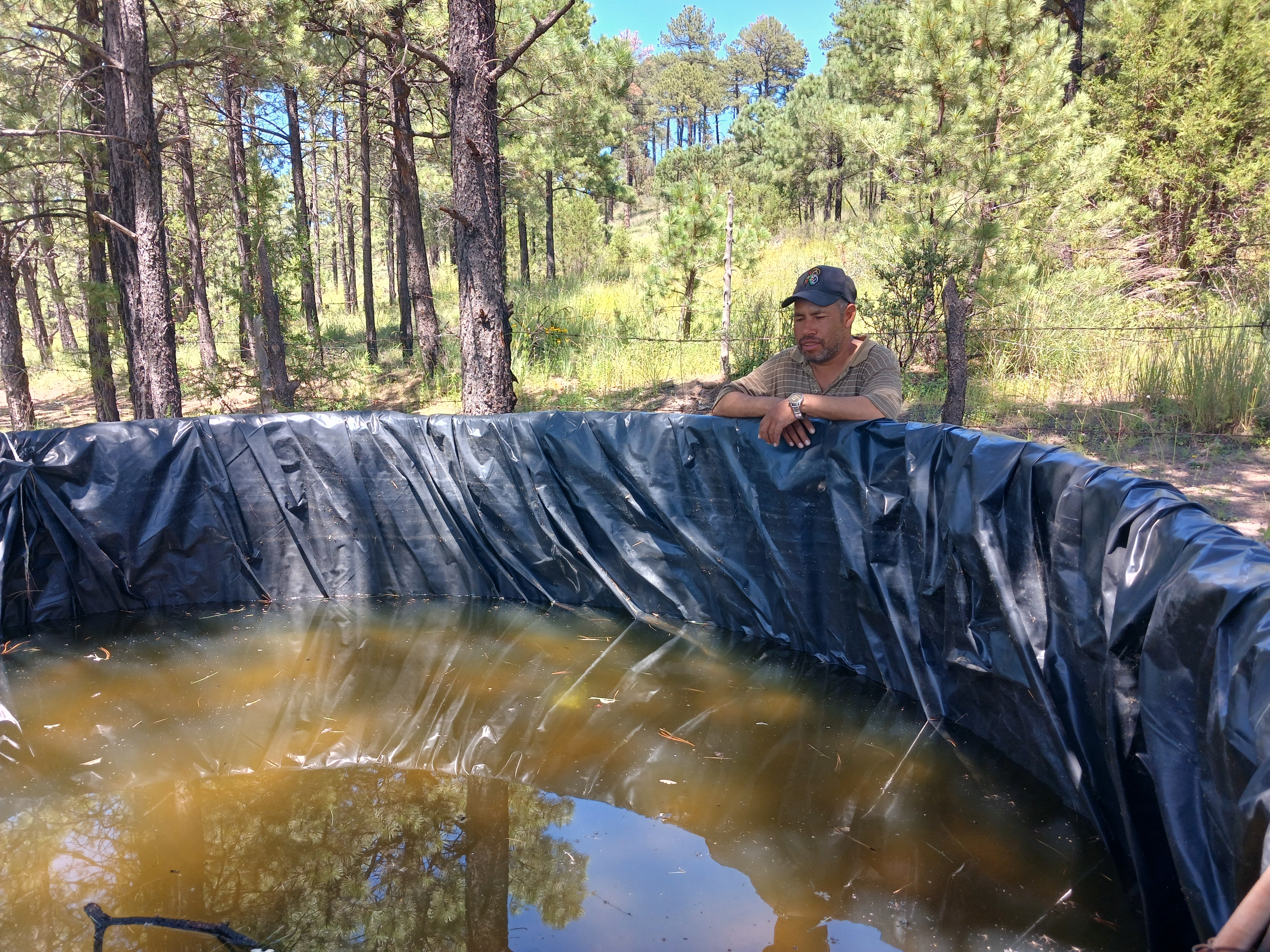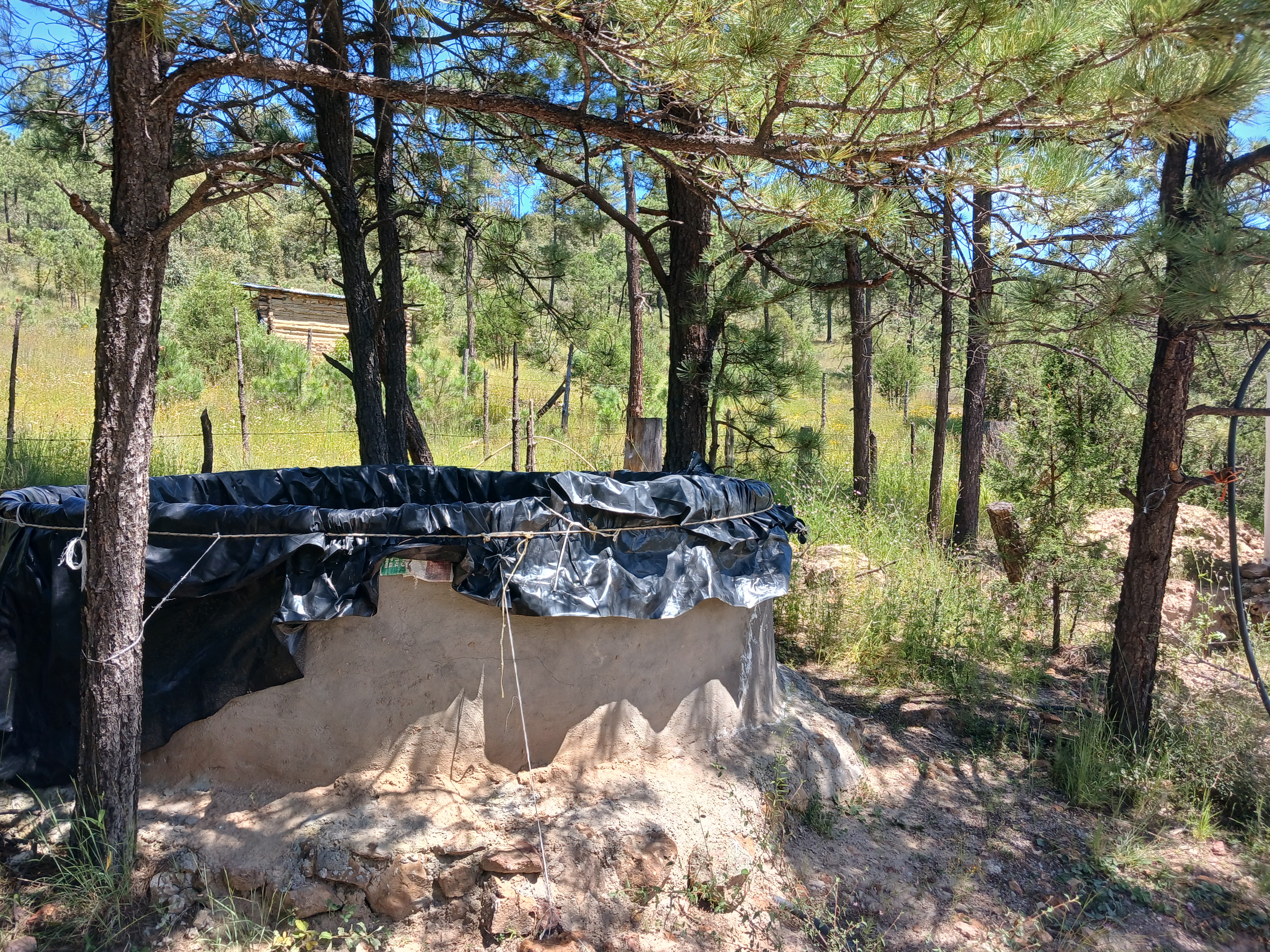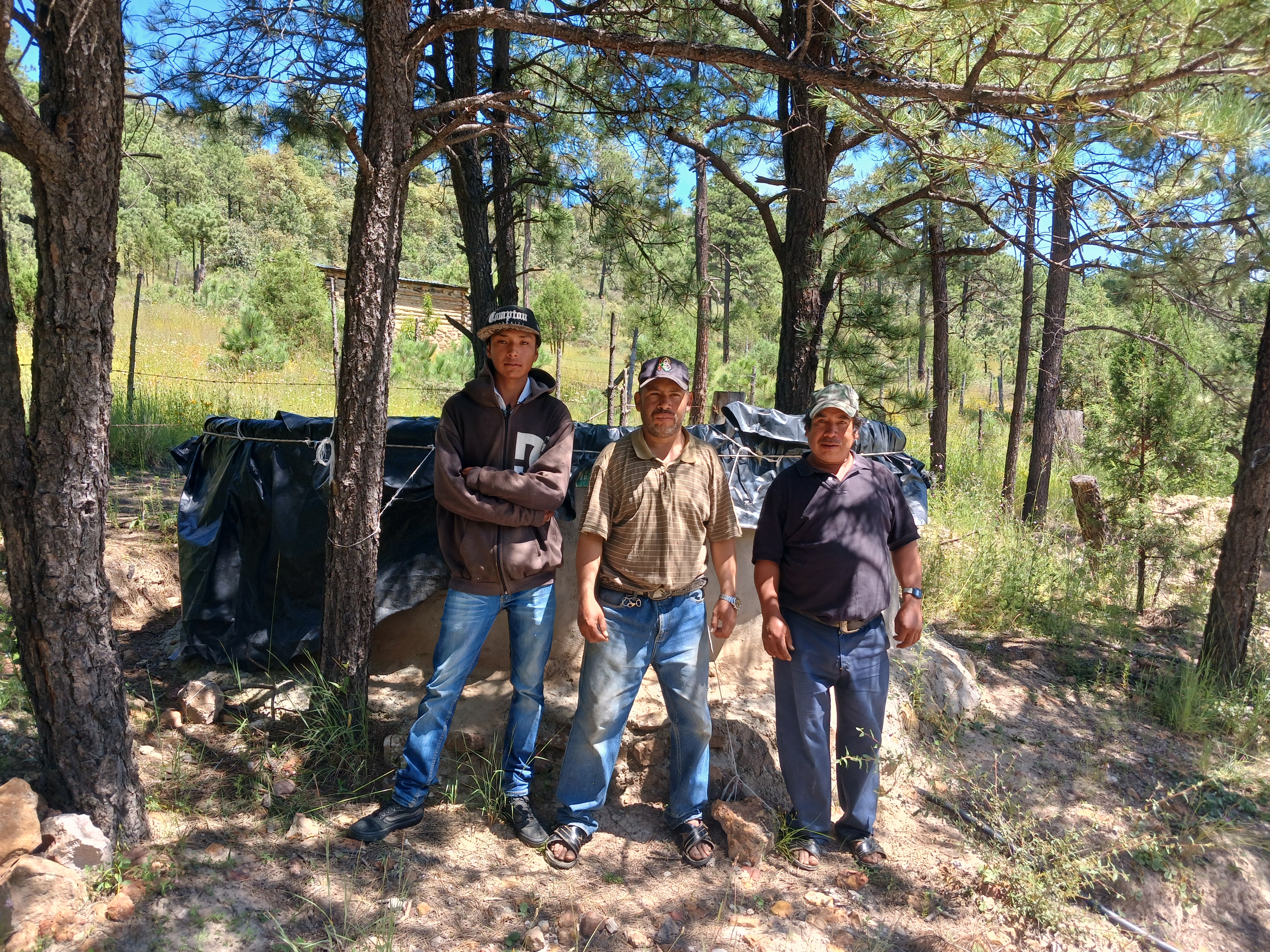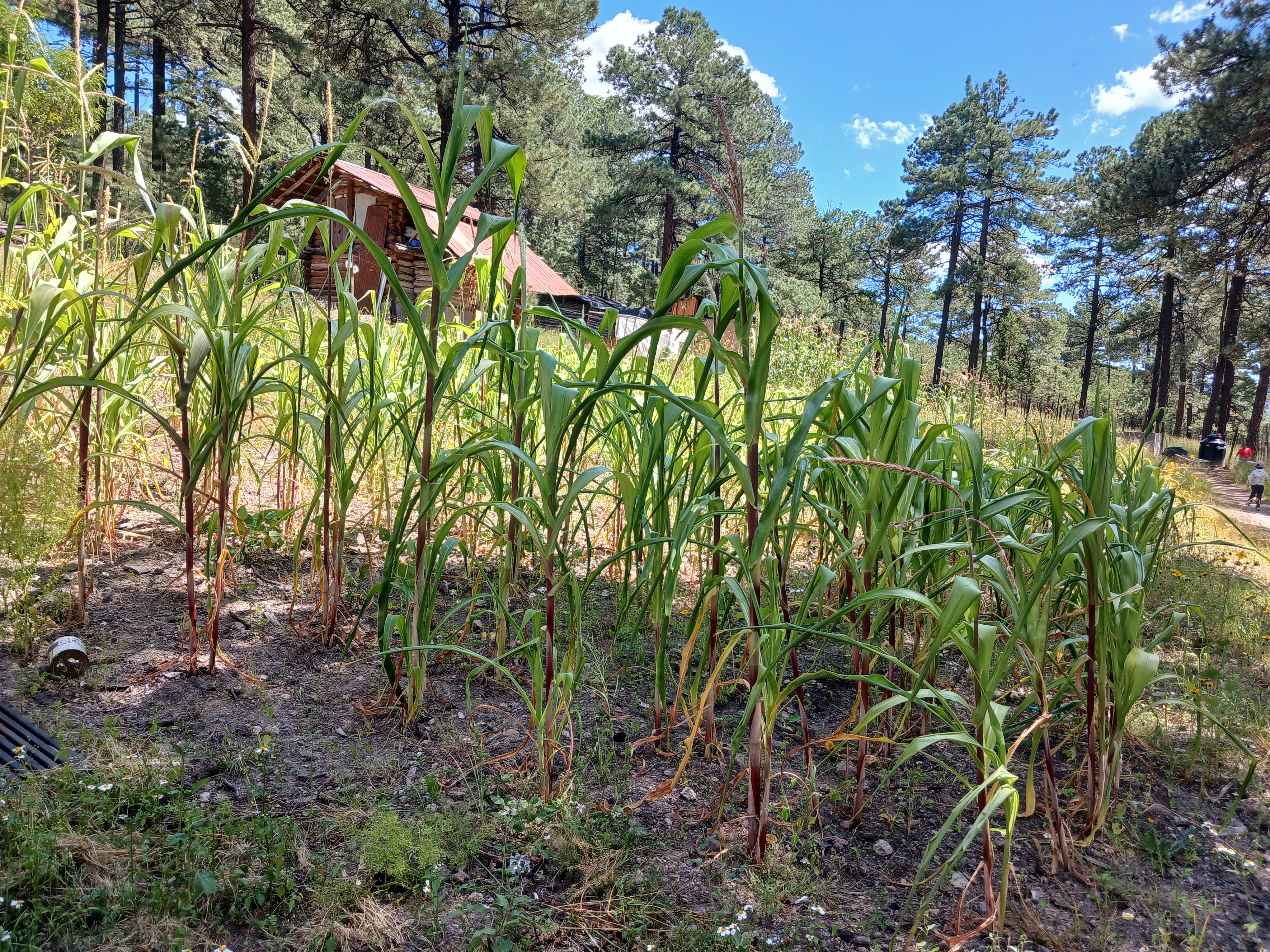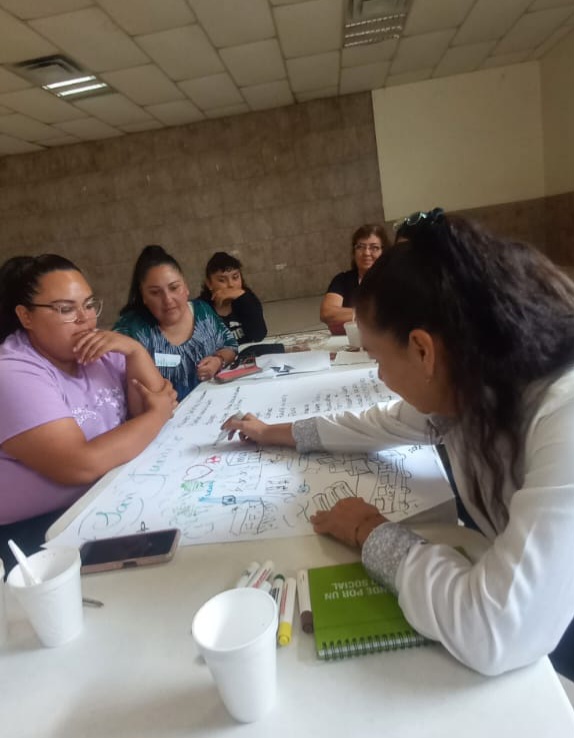Rainwater and Spring Water Catchments Gumisachi

Municipality
Category / Sub-Category / Topic
Environment, Agroecology
Type of investment needed
Grant
The challenge
The project
Know more...
Investment
(*): In kind/pro bonus
(**): Financing
Funds
Needed
Covered
Solicited
Investment
(*): In kind/pro bonus
(**): Financing
Material for construction of the catchment (cement, rebar, geomembrane, hose, work material, etc.) (*)
u$s 4425.96
u$s 897.20
u$s 3528.76
Rental of heavy machinery, such as: backhoe excavator (*) (**)
u$s 798.80
u$s 0.00
u$s 798.80
Fuel for transportation, field trips, community outings and for heavy machinery (*) (**)
u$s 1281.00
u$s 0.00
u$s 1281.00
Refreshments (meals provided at workshops and field trips) (*) (**)
u$s 698.90
u$s 0.00
u$s 698.90
Logistics items (*) (**)
u$s 247.43
u$s 0.00
u$s 247.43
First aid kit (*) (**)
u$s 38.84
u$s 0.00
u$s 38.84
Inspection tools (*) (**)
u$s 122.86
u$s 0.00
u$s 122.86
Personal protective equipment (PPE): gloves, helmets, safety glasses and boots (*) (**)
u$s 234.24
u$s 0.00
u$s 234.24
"Previous training for the use of tools and machinery. " (*) (**)
u$s 92.41
u$s 0.00
u$s 92.41
Workshops/technicians specialized in the subject and first-aid assistant. (*) (**)
u$s 2995.14
u$s 0.00
u$s 2995.14
Labor (beneficiaries' contribution) (*) (**)
u$s 499.20
u$s 499.20
u$s 0.00
Funds
Needed
Covered
Solicited
Material para construcción de las pilas de captación (cemento, varilla,geomembrana, manguera, material de obra,etc) (*)
u$s 4425.96
u$s 897.20
u$s 3528.76
Renta de maquinaría pesada como: retroexcavadora y otros equipos para la excavación y preparación del terreno (*) (**)
u$s 798.80
u$s 0.00
u$s 798.80
Combustible para transporte salidas a campo, comunidad y para la maquinaria pesada (*) (**)
u$s 1281.00
u$s 0.00
u$s 1281.00
Refrigerios (comidas ofrecidas en los talleres como en salidas a campo) (*) (**)
u$s 698.90
u$s 0.00
u$s 698.90
Objetos de logìstica para el transporte, almacenamiento y organización (contenedores, mesas y sillas) (*) (**)
u$s 247.43
u$s 0.00
u$s 247.43
Botiquìn pimeros auxilios para emergencias durante las actividades de campo y construcción (*) (**)
u$s 38.84
u$s 0.00
u$s 38.84
Herramientas de inspección para análisis y monitoreo del terreno (cinta métrica, medidores de agua, GPS y drones) (*) (**)
u$s 122.86
u$s 0.00
u$s 122.86
Equipos de protección personal (EPP): Guantes, cascos, gafas de seguridad y botas (*) (**)
u$s 234.24
u$s 0.00
u$s 234.24
Funds
Needed
Covered
Solicited
Capacitación previa para el uso de herramientas y maquinaria (*) (**)
u$s 92.41
u$s 0.00
u$s 92.41
Funds
Needed
Covered
Solicited
Talleristas/ técnicos especializados en el temas y auxiliar en primeros auxilios (*) (**)
u$s 2995.14
u$s 0.00
u$s 2995.14
Mano de obra (aportación beneficiarios de la comunidad en la construcción y mantenimiento.) (*) (**)
u$s 499.20
u$s 499.20
u$s 0.00

